Interpreting Blood Gases Chart Interpreting an arterial blood gas ABG involves a step by step approach to make accurate and timely clinical decisions The simplified steps for ABG interpretation include Collect and run an arterial blood sample Determine if the pH is alkalosis or acidosis Determine if the issue is respiratory or metabolic Determine if pH
ABG interpretation is especially important in critically ill patients The following six step process helps ensure a complete interpretation of every ABG In addition you will find tables that list commonly encountered acid base disorders Many methods exist to Interpreting arterial blood gases is used to detect respiratory acidosis or alkalosis or metabolic acidosis or alkalosis during an acute illness To determine the type of arterial blood gas the key components are checked The best and fun way of interpreting arterial blood gas is by using the tic tac toe method below
Interpreting Blood Gases Chart

Interpreting Blood Gases Chart
https://d3i71xaburhd42.cloudfront.net/27be4af7b131b24e1374a4e795214b13e67e6e72/4-Figure1-1.png

Quick Interpretation Of Blood Gases
https://image1.slideserve.com/2359629/interpretation-of-abg-l.jpg

Figure 1 From Interpreting Arterial Blood Gases Successfully Semantic Scholar
https://d3i71xaburhd42.cloudfront.net/27be4af7b131b24e1374a4e795214b13e67e6e72/3-Table1-1.png
Interpreting arterial blood gases Arterial blood gases include measurements of hydrogen ion concentration or pH base excess bicarbonate partial pressure of carbon dioxide and partial pressure of oxygen Before blood gases can be interpreted it is necessary to familiarise with normal ABG values Normal blood gas range Arterial blood gas analysis can be used to assess gas exchange and acid base status as well as to provide immediate information about electrolytes It is also useful to have access to any previous gases
Find a comprehensive guide to arterial blood gas ABG interpretation below It covers the normal ABG values compensatory mechanisms and the pH scale to diagnose respiratory and metabolic acid base imbalances Learn how to interpret ABGs in five easy steps What are arterial blood gases ABGs Enhance your clinical skills with our guide on interpreting arterial blood gases ABGs Master the essentials of ABG analysis for improved patient care
More picture related to Interpreting Blood Gases Chart

Interpretation Of Blood Gases PPT
https://image.slidesharecdn.com/interpretationofbloodgases-131216195725-phpapp01/75/Interpretation-of-blood-gases-1-2048.jpg
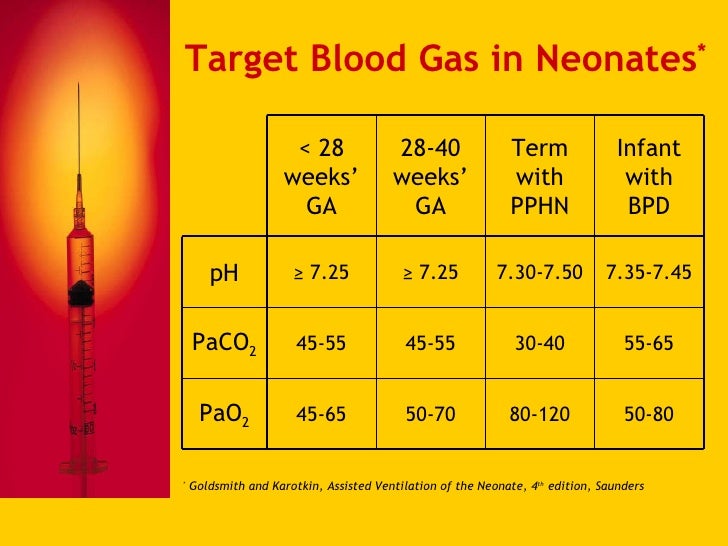
Arterial Blood Gas Interpretation Chart
https://image.slidesharecdn.com/bloodgasinterpretation-100403011629-phpapp02/95/blood-gas-interpretation-9-728.jpg?cb=1270257447

Arterial Blood Gas Interpretation Chart
https://image2.slideserve.com/4798075/slide2-l.jpg
Interpreting an ABG is a crucial skill for health care professionals and it is especially important in critically ill patients This guide will focus on a commonly used seven step process which helps ensure a complete interpretation of every ABG In addition provided is a list of commonly encountered acid base disorders Use the following steps and flowchart to approach blood gas interpretation in a comprehensive and structured manner Interpreting the blood gas in a step wise manner Step 2 Assess the pCO 2 and HCO 3 to identify the primary disorder Step 3 Consider the cause of the primary disorder Step 4 Assess for secondary processes Step 5
In understanding why the bicarbonate and PaCO are important for assessing acid base balance remember the following equilibrium H HCO H CO H O CO Bicarbonate is the metabolic component and is cleared by the kidneys CO is the respiratory component and is cleared by the lungs The first step is to assess the patient s pH In this article I ll show you that identifying them can be as easy as A B G What Is Arterial Blood Gas An ABG test checks the acid base balance in your blood as well as the partial pressure of oxygen PaO 2 and carbon dioxide PaCO 2 The components include pH This is the measure of acids and bases in the blood
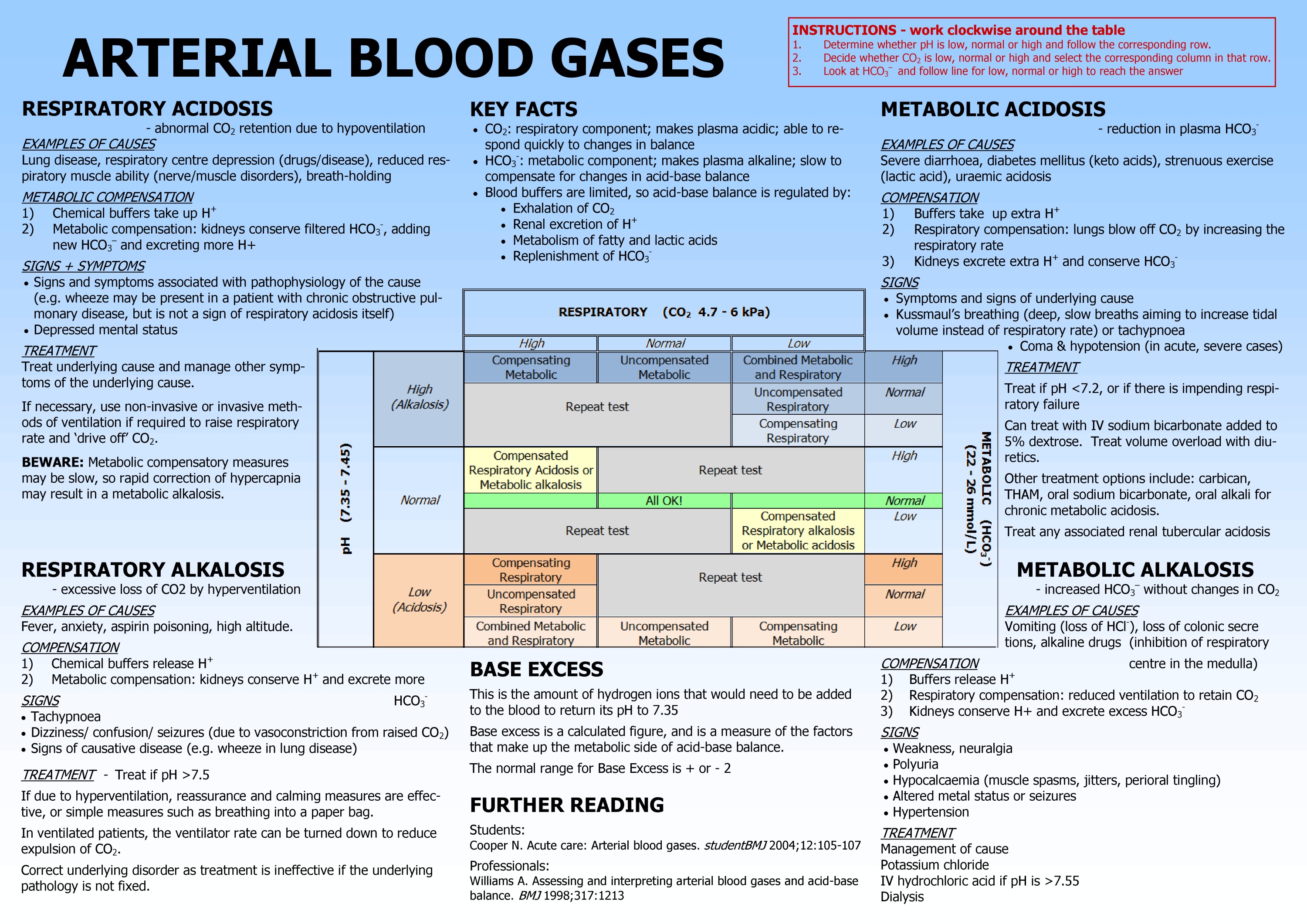
Easy Blood Gas Interpretation Chart
https://www.nclexquiz.com/wp-content/uploads/2017/06/30154.jpg

SOLUTION Interpretation Of Arterial Blood Gases Studypool
https://sp-uploads.s3.amazonaws.com/uploads/services/9161933/20231014160225_652abb91911c4_interpretation_of_arterial_blood_gasespage0.jpg

https://www.respiratorytherapyzone.com › abg-interpretation
Interpreting an arterial blood gas ABG involves a step by step approach to make accurate and timely clinical decisions The simplified steps for ABG interpretation include Collect and run an arterial blood sample Determine if the pH is alkalosis or acidosis Determine if the issue is respiratory or metabolic Determine if pH

https://www.thoracic.org › professionals › clinical-resources › critical...
ABG interpretation is especially important in critically ill patients The following six step process helps ensure a complete interpretation of every ABG In addition you will find tables that list commonly encountered acid base disorders Many methods exist to
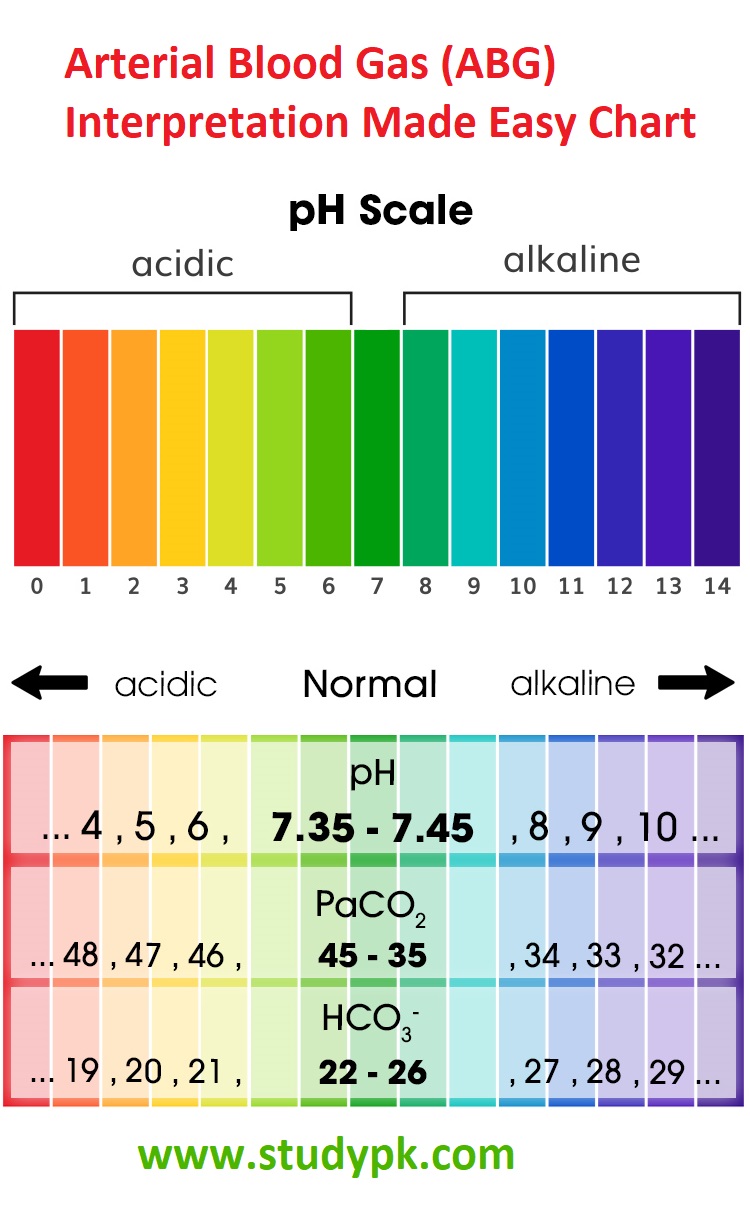
Arterial Blood Gas ABG Interpretation Made Easy Chart StudyPK

Easy Blood Gas Interpretation Chart
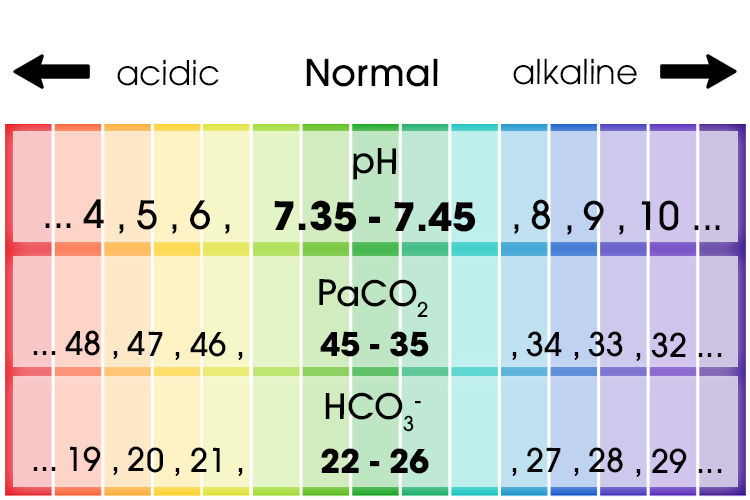
Interpreting ABGs Arterial Blood Gases Made Easy Ausmed
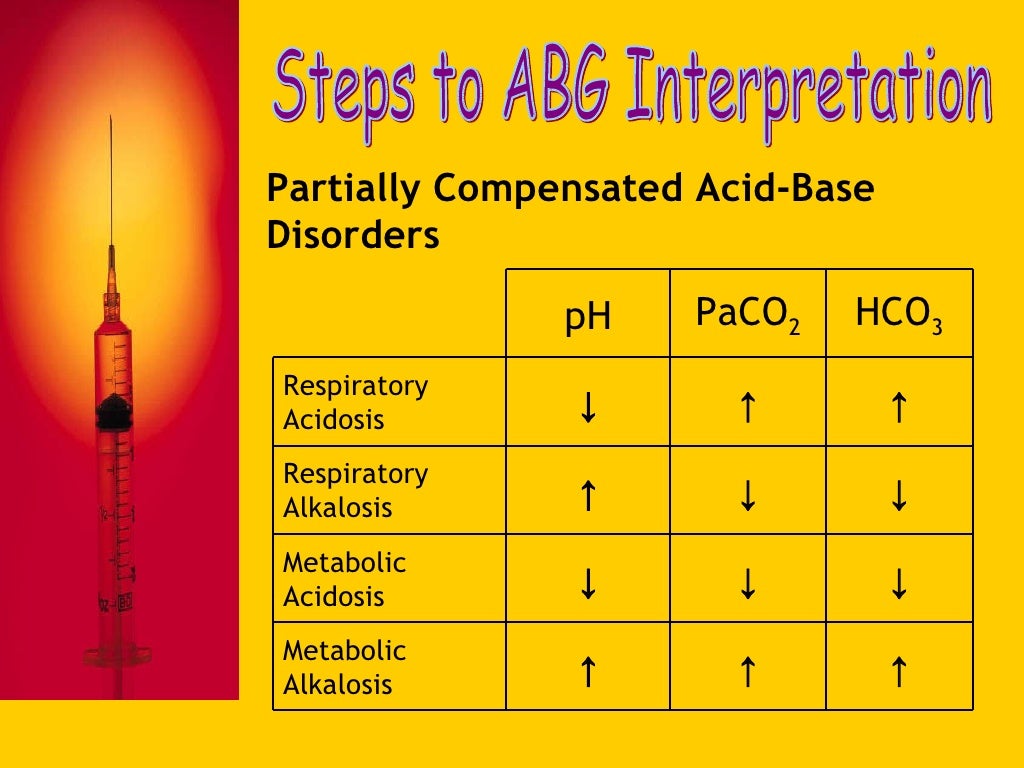
Blood Gas Interpretation NBKomputer

Basic Arterial Blood Gas Interpretation 59 OFF
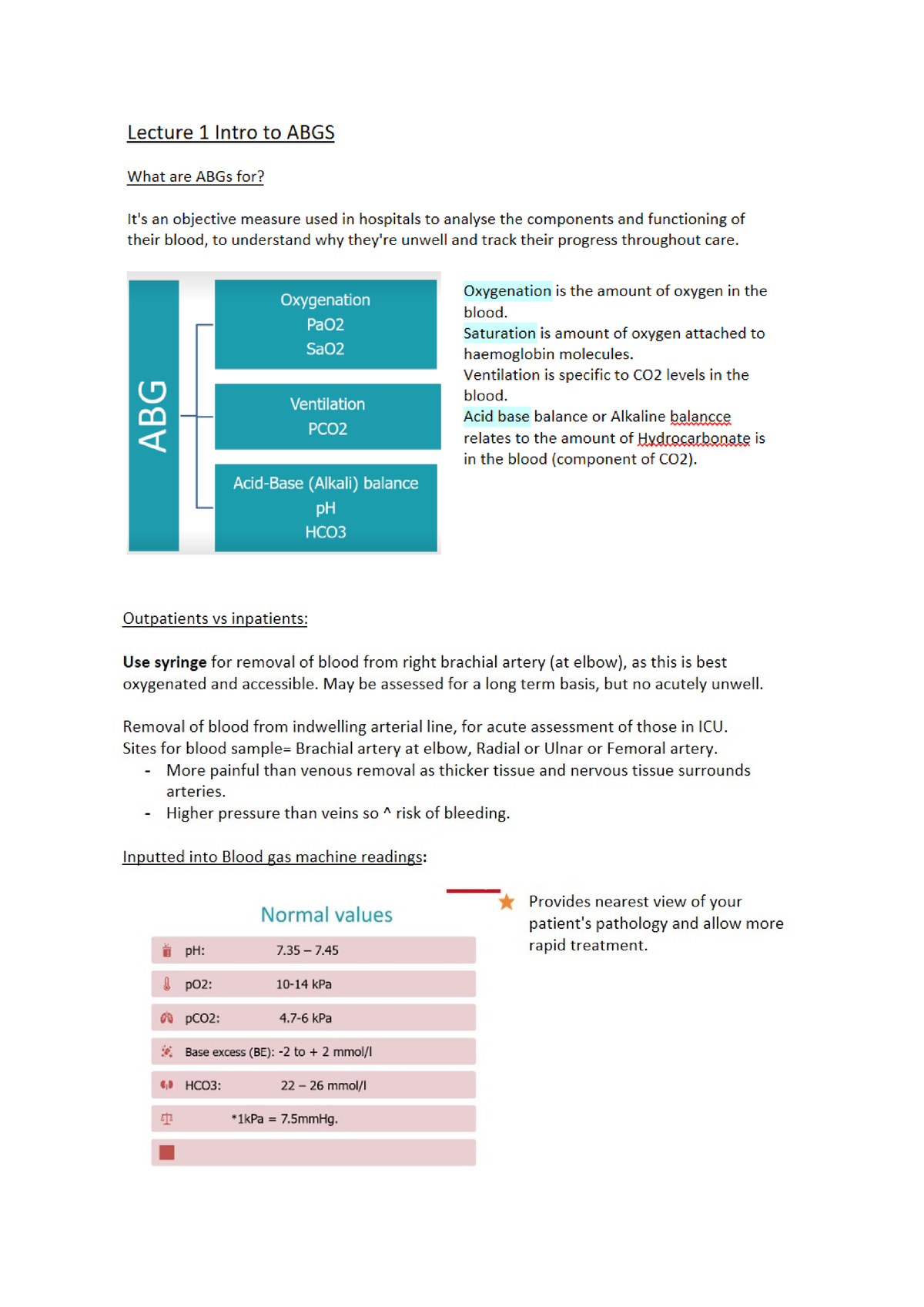
Arterial Blood Gases UZYKHD 15 3 Studocu

Arterial Blood Gases UZYKHD 15 3 Studocu
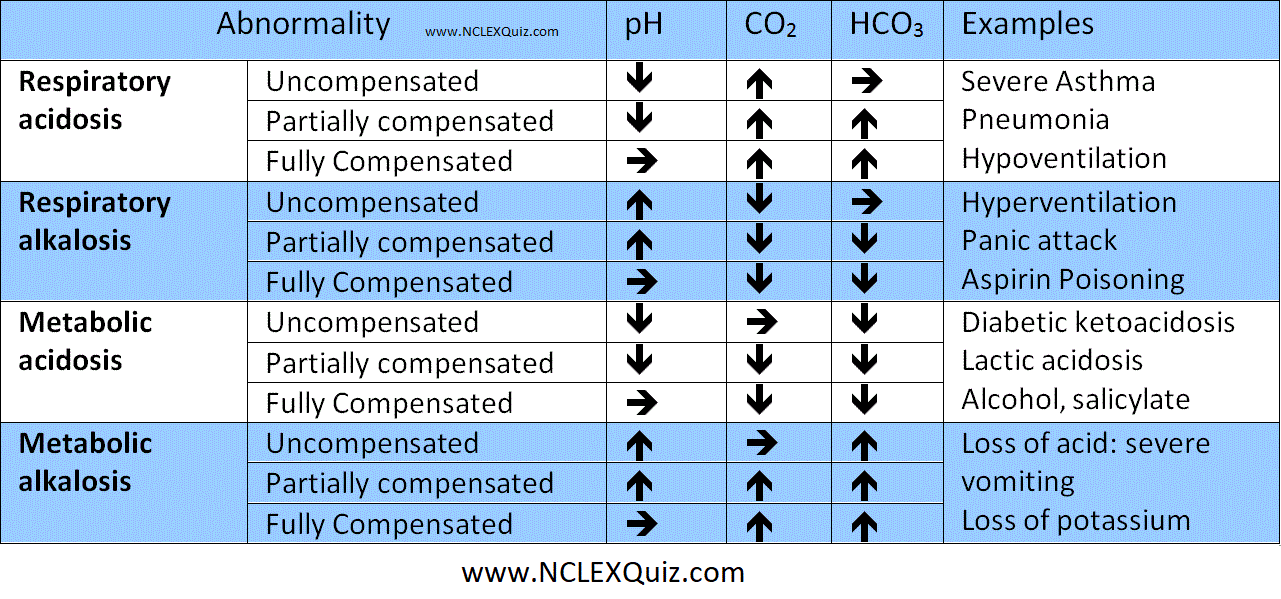
BLOOD GAS INTERPRETATION NCLEX Quiz
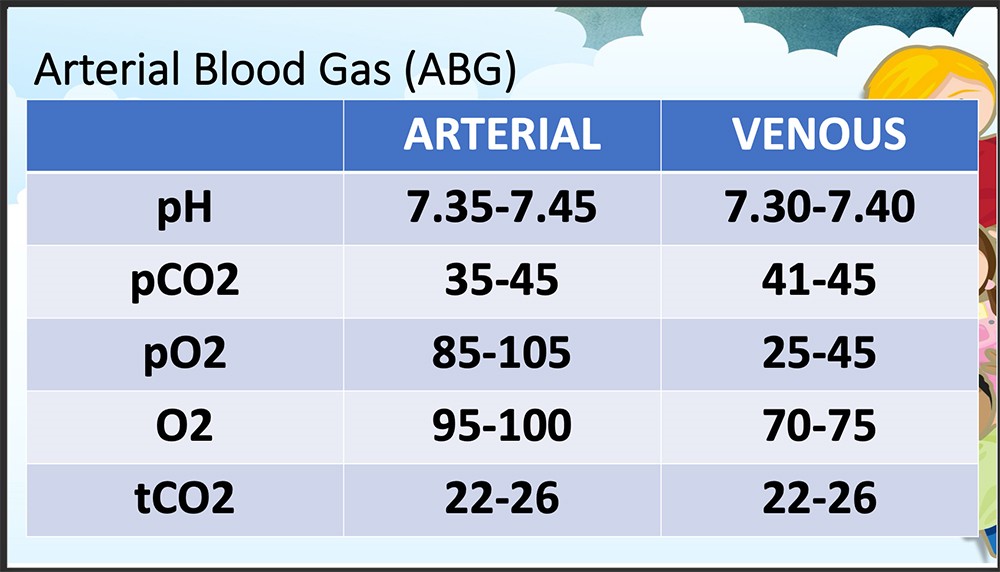
Normal Venous Blood Gas

Arterial Blood Gas Analysis Exemples Sexiezpix Web Porn
Interpreting Blood Gases Chart - Table 1 shows the results It is important to adopt a systematic approach to interpreting results of arterial blood gases as outlined in table 2 preceded by a brief history and focused clinical examination Arterial oxygen tension PaO 2 is the partial pressure of oxygen in arterial blood The main determinants of PaO 2 are the inspired